A Golden Jubilee for the Silver Shadow
Posted on Apr 20, 2015 in Featured | 2 comments

Black-and-white photographs courtesy of Rolls-Royce
In 1965, tradition was on the run. Bob Dylan plugged in his guitar at the Newport Folk Festival, electrifying half of his audience, and electrocuting the other half, as music historian John Gilliland put it. Houston’s National League baseball team began playing its home games inside the air-conditioned confines of the Astrodome. And in Crewe, the epicenter of automotive tradition, Rolls-Royce began production of its first unit-body car, putting the last nail in the coffin of the coachbuilt era.
The new Silver Shadow was the product of 12 years of planning, and a huge technical leap ahead of the cars that had come before. At a time when Rolls-Royce was widely acknowledged to be the builder of the world’s finest cars, the Shadow was called revolutionary, sensational, even radical. The gearshift change, windows, seat adjustment, gas filler, radio antenna and climate controls were all operated electrically; a high-pressure hydraulic system kept the body level, whether at rest or in motion. A power-assisted four-wheel disc brake system stood ready to serve the driver’s wishes. This was the first Rolls-Royce designed around a V-8; the preceding Silver Cloud that was the engine’s first home originally had a straight-six. The swept styling that had been so much a part of Rolls-Royce made way for straight lines and slab sides.

The Shadow’s chief engineer, Shadwell Harry Grylls, told The Times about the complex and somewhat contradictory requirements the new car had to meet: “The Englishman’s requirements are precise – a smaller car with a better performance, with more room in it, with a larger boot, with no sacrifice for those ends. The American’s requirements are less easy to describe. Overall external size is of no importance. A soft ride is essential; the steering must be finger-light and the car extremely stable. The mainland of Europe wants first-class road-holding, good cornering and indestructible brakes. The problem is to combine all this in one car. It can be done.”
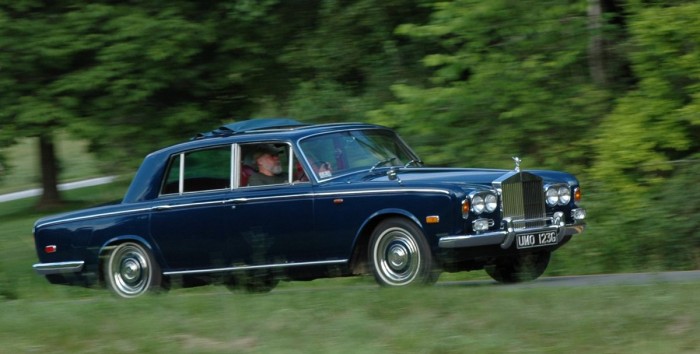
The Silver Shadow and its nearly identical twin, the Bentley T-Type, were launched at the Paris Motor Show in October 1965. The V-8 engine was similar to that which had powered the Silver Cloud II and III, featuring aluminum cylinder heads and an aluminum block with wet liners. The heads were redesigned from the Cloud’s to place the spark plugs above the exhaust manifolds, where they were easier to service. A bore and stroke of 101.14 mm x 91.44 mm gave a displacement of 6,230 cc. The factory would not disclose something so vulgar as the engine’s output, but it was estimated at somewhere around 200 horsepower.
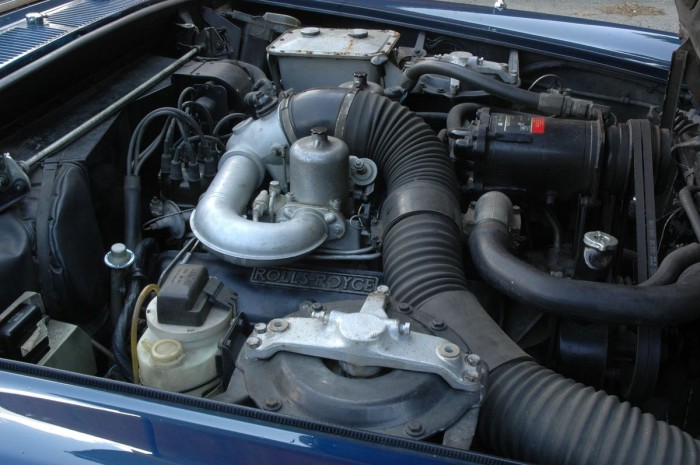
There would be no drudgery of manual shifting with the Shadow. Early cars had the Hydra-Matic four-speed automatic with a fluid-flywheel coupling, a holdover from the Cloud, electrically controlled from a stalk on the steering column. This was supplanted in 1968 by the GM400 Turbo Hydra-Matic three-speed automatic, which had been fitted to export models from Day One. The unit body was of pressed steel, with aluminum used for the hood, trunklid and doors to save weight.

At its launch, the Silver Shadow cost an impossibly steep $19,700, or about three times as much as a contemporary Cadillac Sedan de Ville. Even so, there was a waiting list of 18 months in the U.K., and half that in the rest of the world. Designed to be less expensive to produce than its predecessors, the new model was a volume Rolls-Royce for both the nouveau riche and the old guard. Anyone who was anyone had to have one—heads of state, royalty, starlets, industrialists and jet setters of all types. Drastically shorter, lower and lighter than the preceding Silver Cloud, it was easier to park and to drive in city traffic, catering to the growing number of owner-drivers.

Stirling Moss checks out the Silver Shadow.
In March of 1966, the factory offered a two-door sedan, built in north London by its coachbuilding subsidiary, Mulliner Park Ward. It became known as the Corniche. A glamorous convertible version of the two-door came a year later, followed in 1969 by a long-wheelbase version of the four-door. This could be ordered with or without a divider between the front and rear compartments, although federal safety requirements prohibited the company from offering the divider to its U.S. customers. Safety regulations also dictated a significant change in the dashboard’s design. The upright, veneered panel gained extensive padding above and below in May of 1969, designed to prevent an occupant’s head from striking any of the switchgear in a crash.
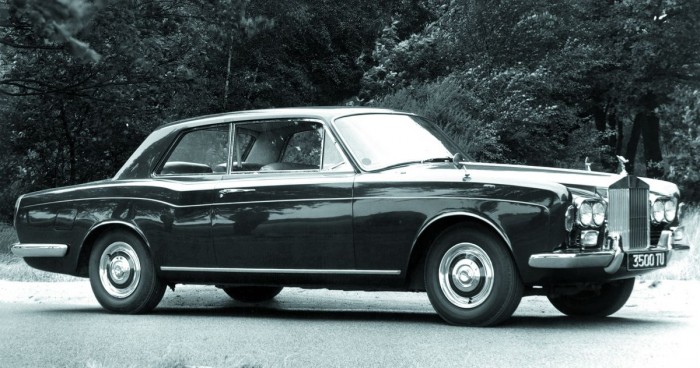
For 1969, a long-wheelbase version was added to the lineup, its 123.5-inch wheelbase providing four more inches of legroom over the standard saloon. The following year, the capacity of the V-8 was increased to 6,750 cc on all models by increasing both bore and stroke, to 104.14 x 99.06 mm. In mid-1973, the delicate chrome bumpers were replaced on U.S. cars with black rubber bashers capable of withstanding the federal 5-MPH requirement.
The Shadow went through one major revision, in 1977. Rack-and-pinion steering succeeded the earlier recirculating-ball setup, while passengers were even further coddled with a two-level air-conditioning system. The dashboard went through a complete redesign, with the bulk of the surrounding padding pared down. There were so many changes, more than 2,000 in all, that Rolls-Royce re-christened the car the Silver Shadow II; its Bentley stablemate became the T2. The long-wheelbase Shadow now wore the Silver Wraith II name.
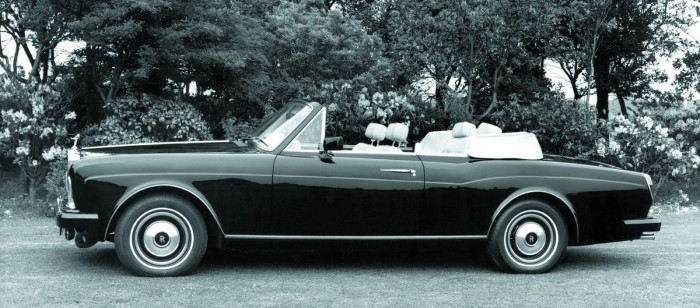
The Silver Shadow was produced in numbers not seen before, or since. In all, nearly 41,000 vehicles were built based on the model. Among that number are 24,412 standard-wheelbase sedans, 4,915 long-wheelbase sedans, 1,693 coupes and 5,665 convertibles, as well as 529 examples of the Pininfarina-designed Camargue. Though 1976 would be the last production year for the sedan, the Corniche convertible would stay in production until 1995.
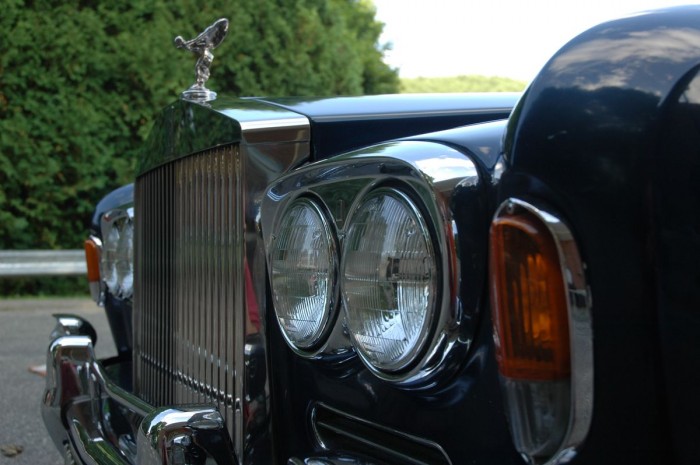
The plentiful supply and a survival rate that we’re guessing is off the charts (who would throw away a Rolls-Royce?) make these cars relatively common in the classic-car market, and conspire to hold prices down. In fact, you can usually find a very nice one for $12,000 or so. There’s no cheaper entry into Rolls-Royce ownership, and you can be confident that every one of these cars was built to the company’s legendarily high standards.





.gif)


I would like to see a drive report on the Silver Shadow in Hemmings Sports & Exotic Cars.
Robert, we hear you. Thanks for the suggestion!